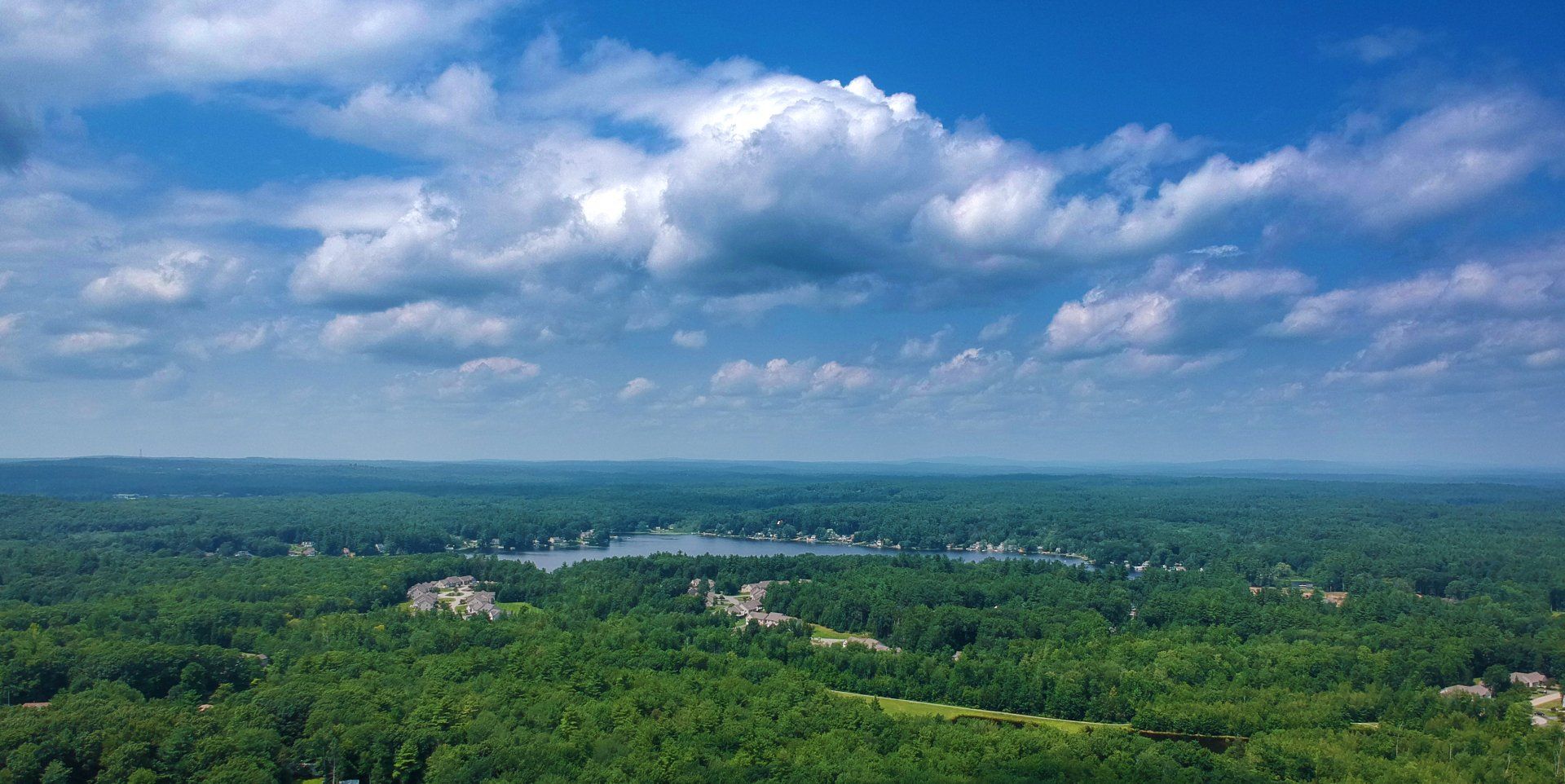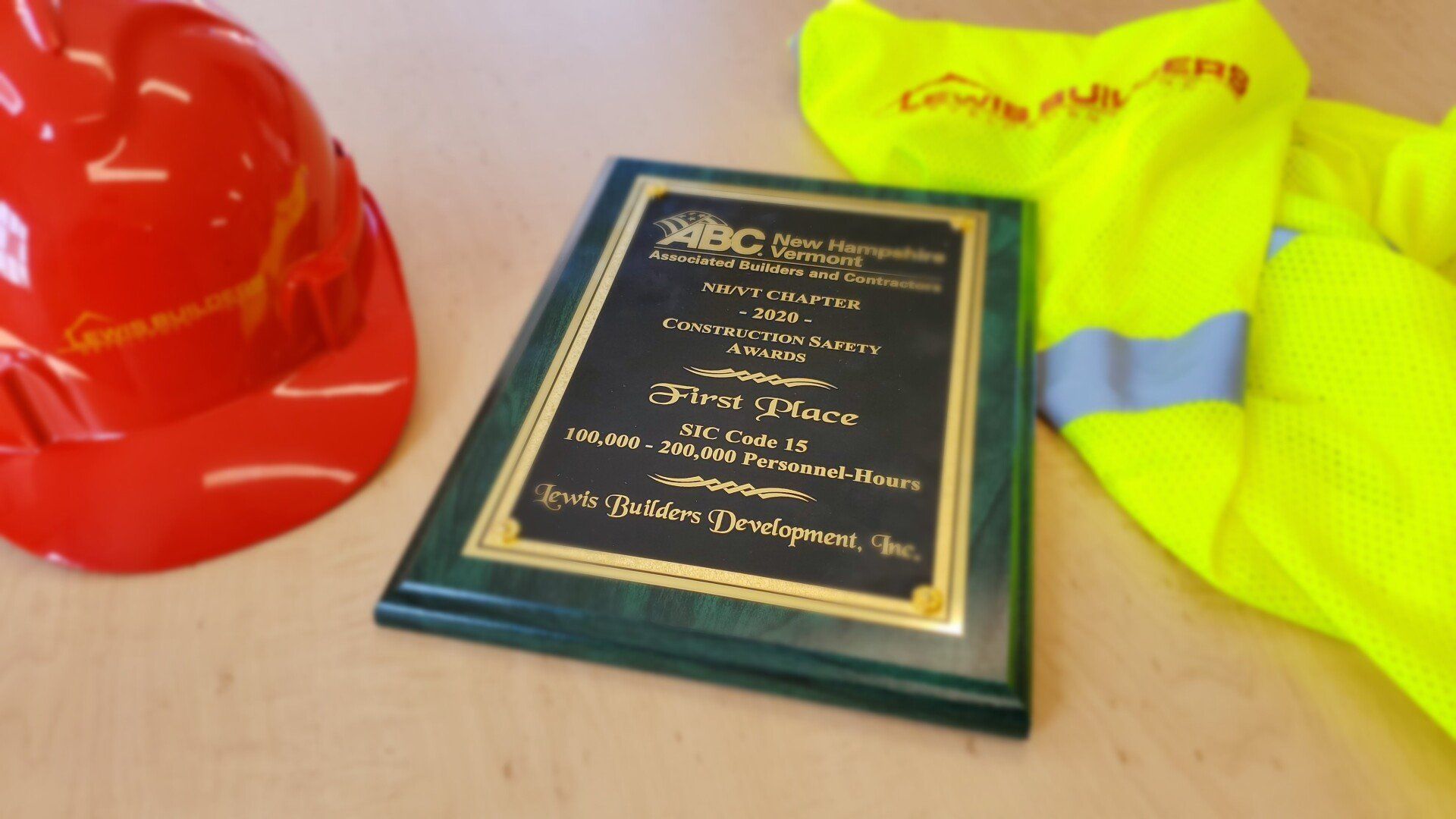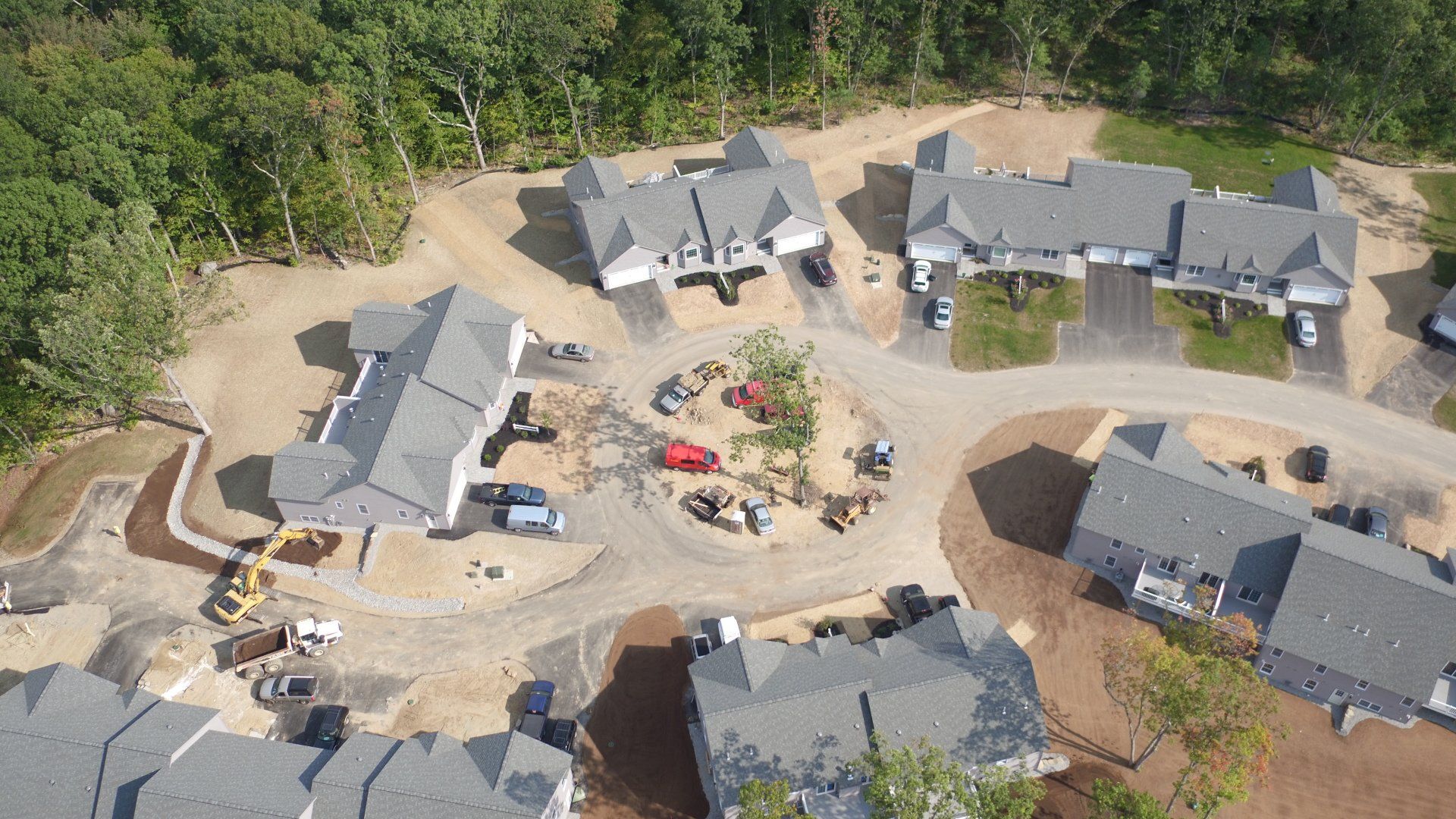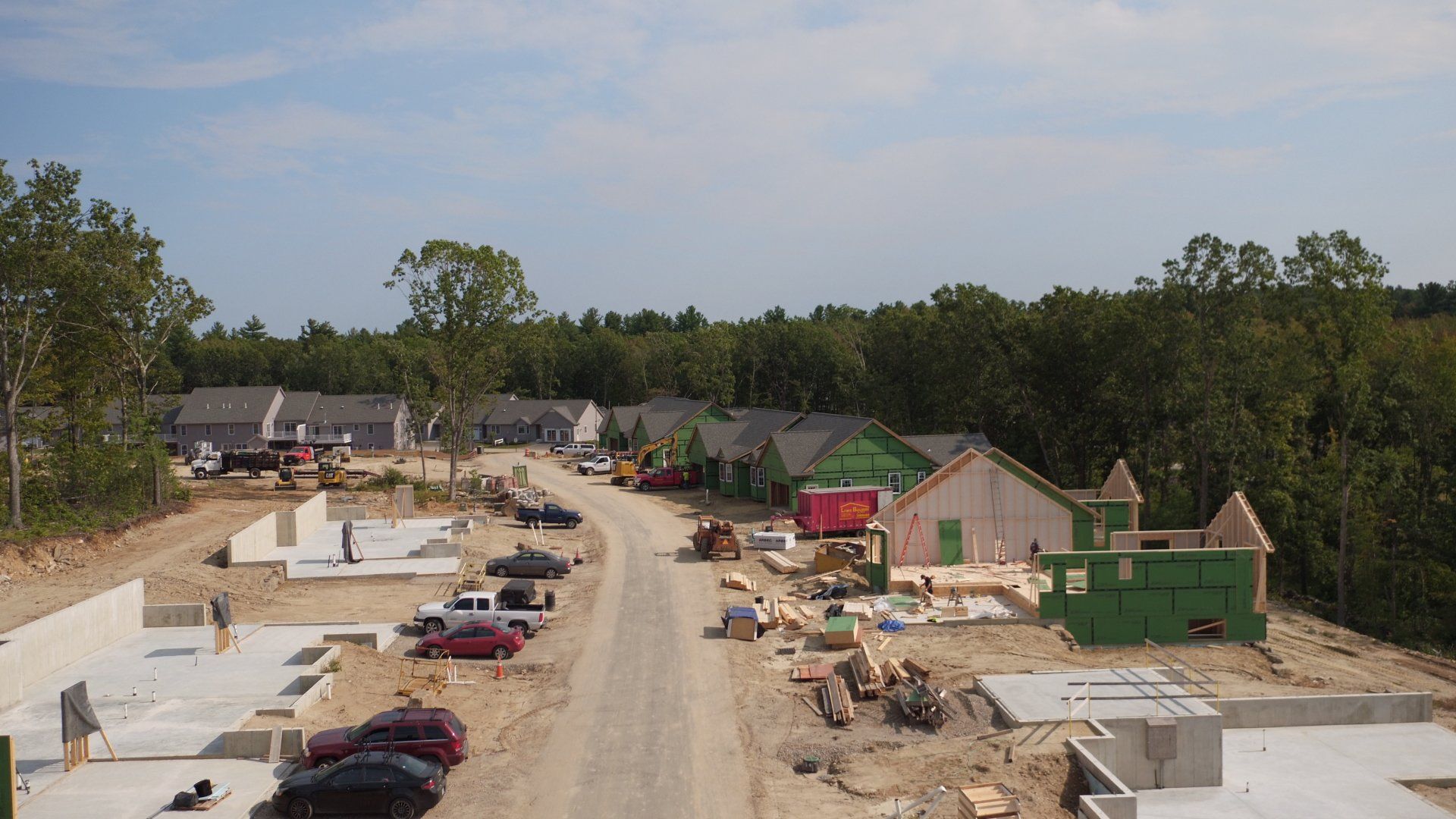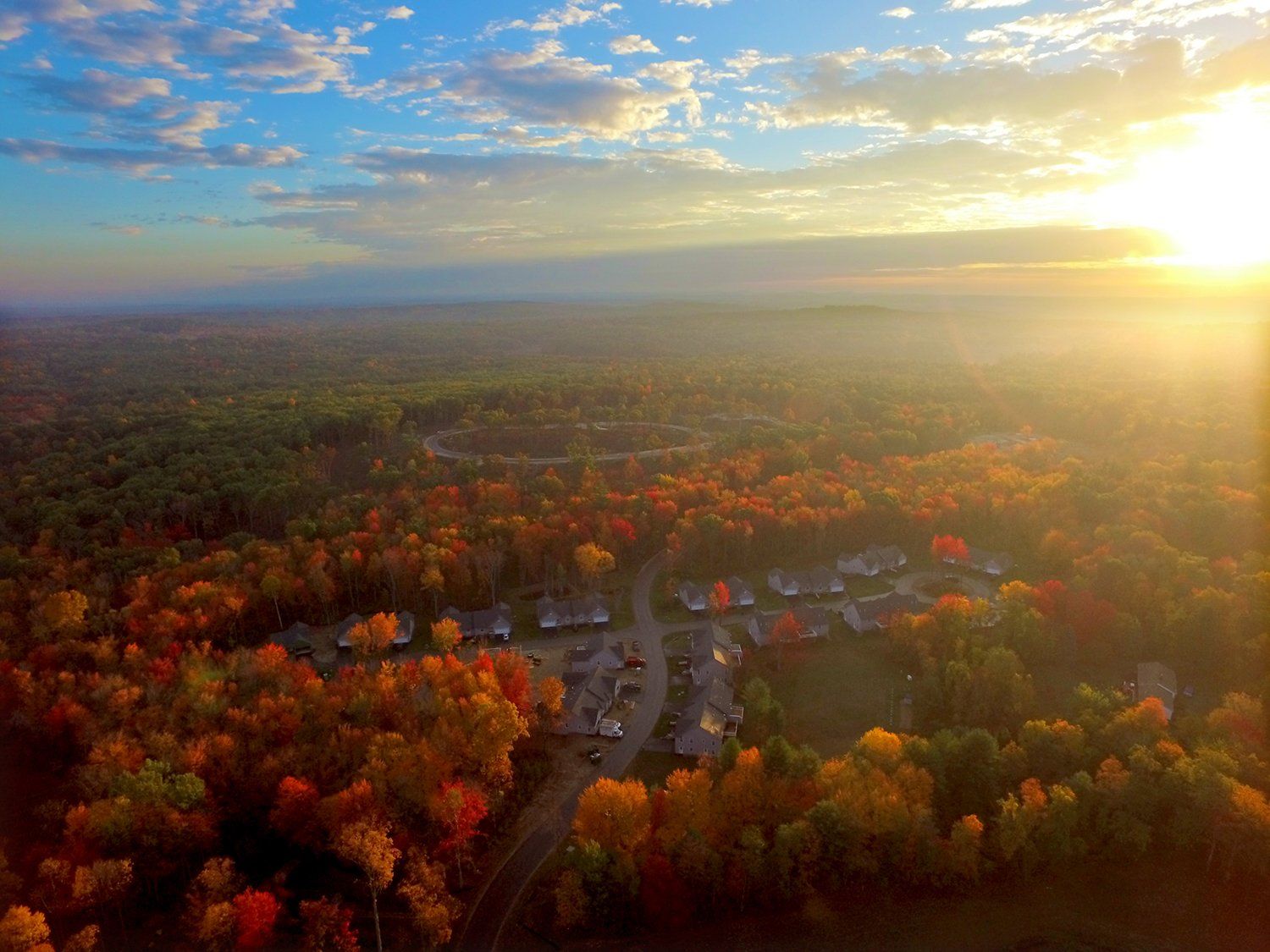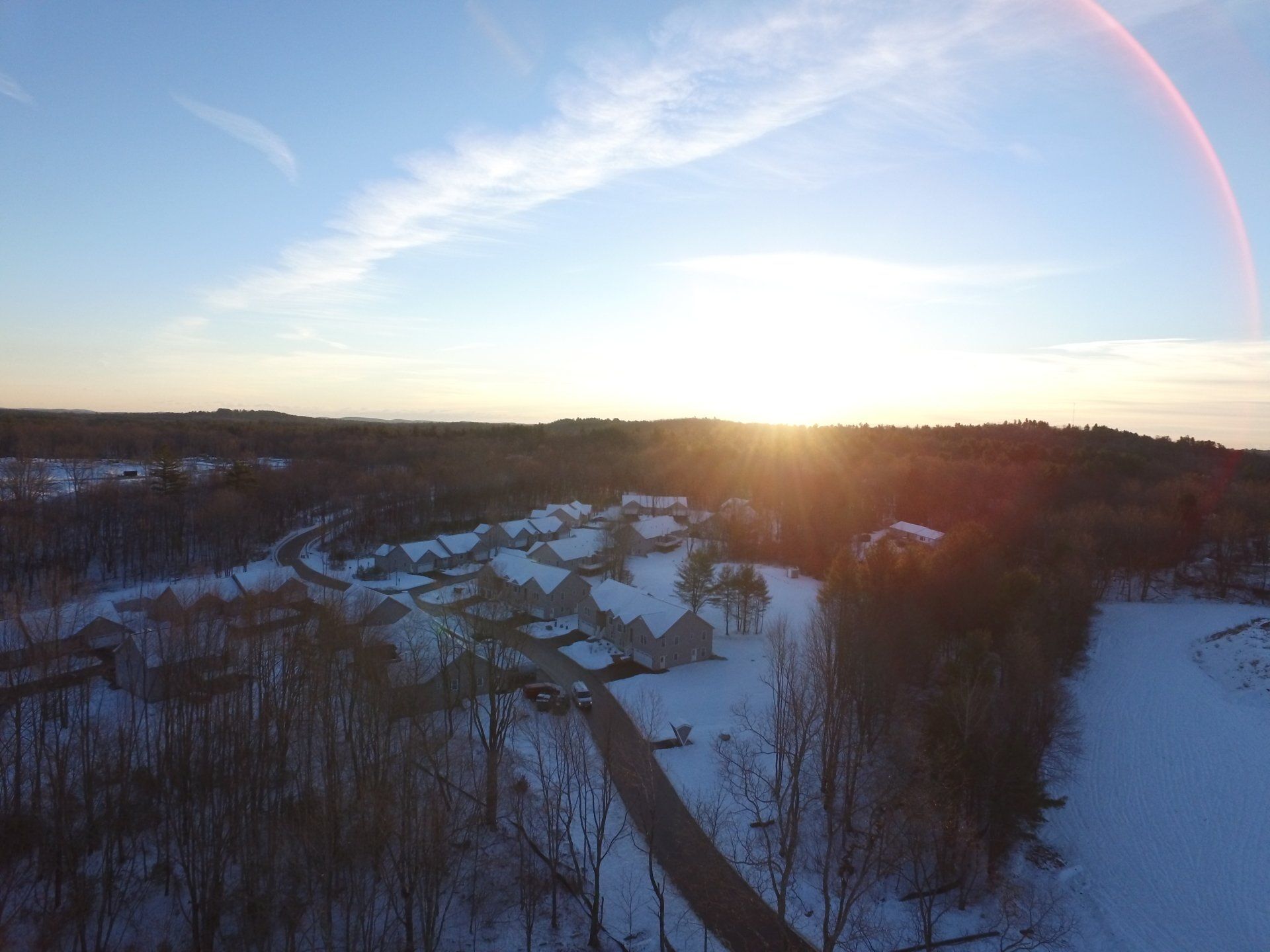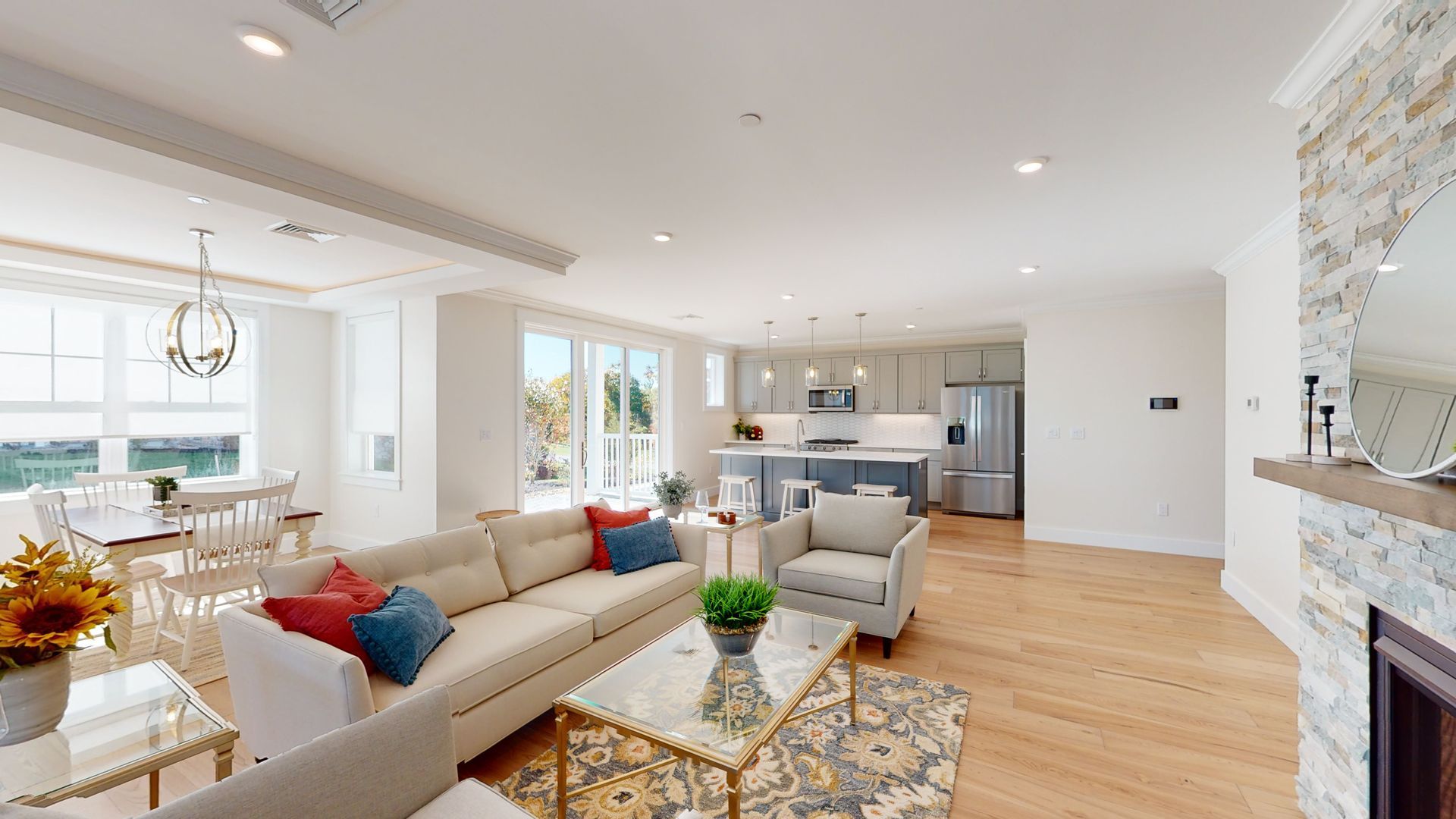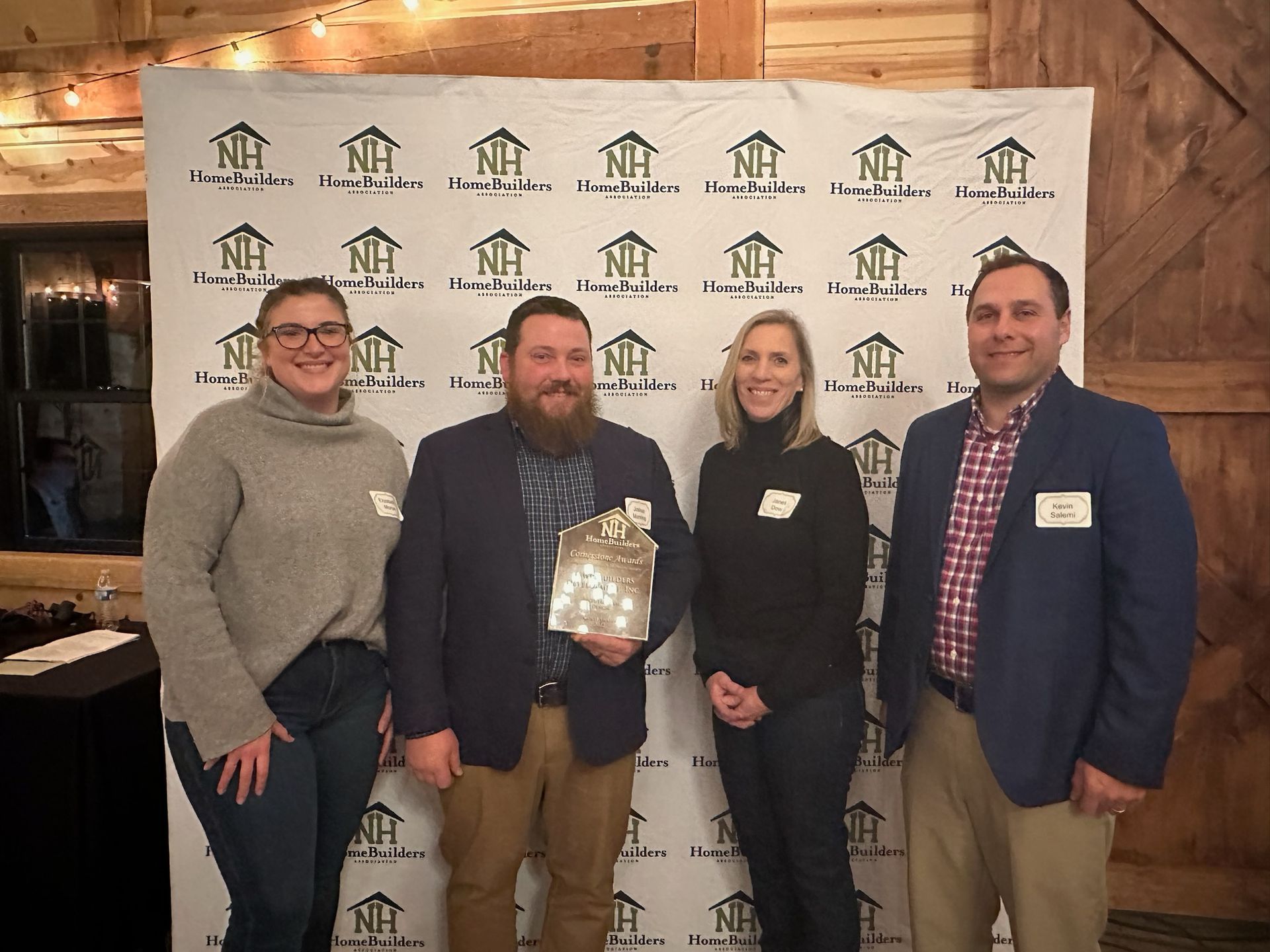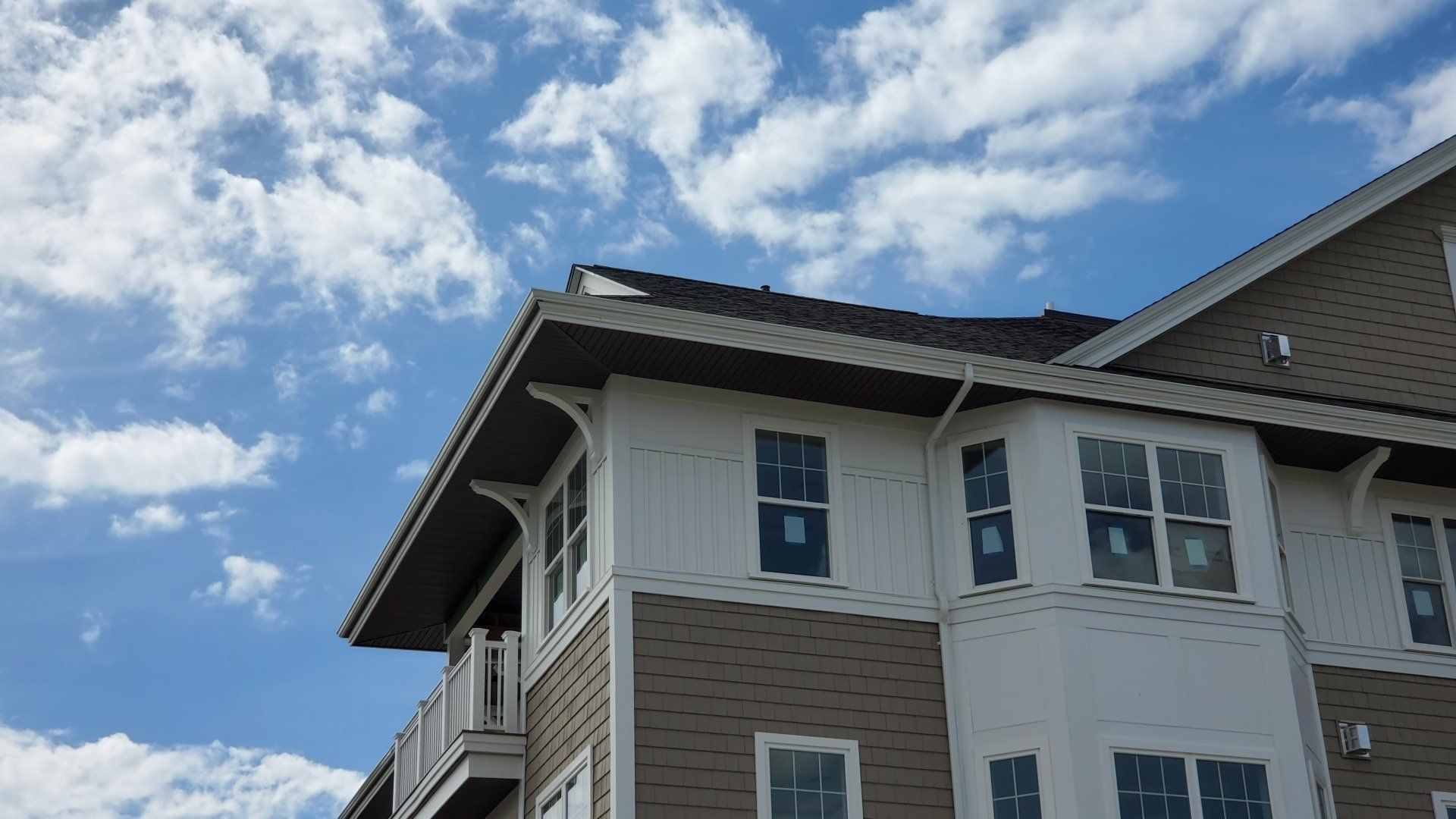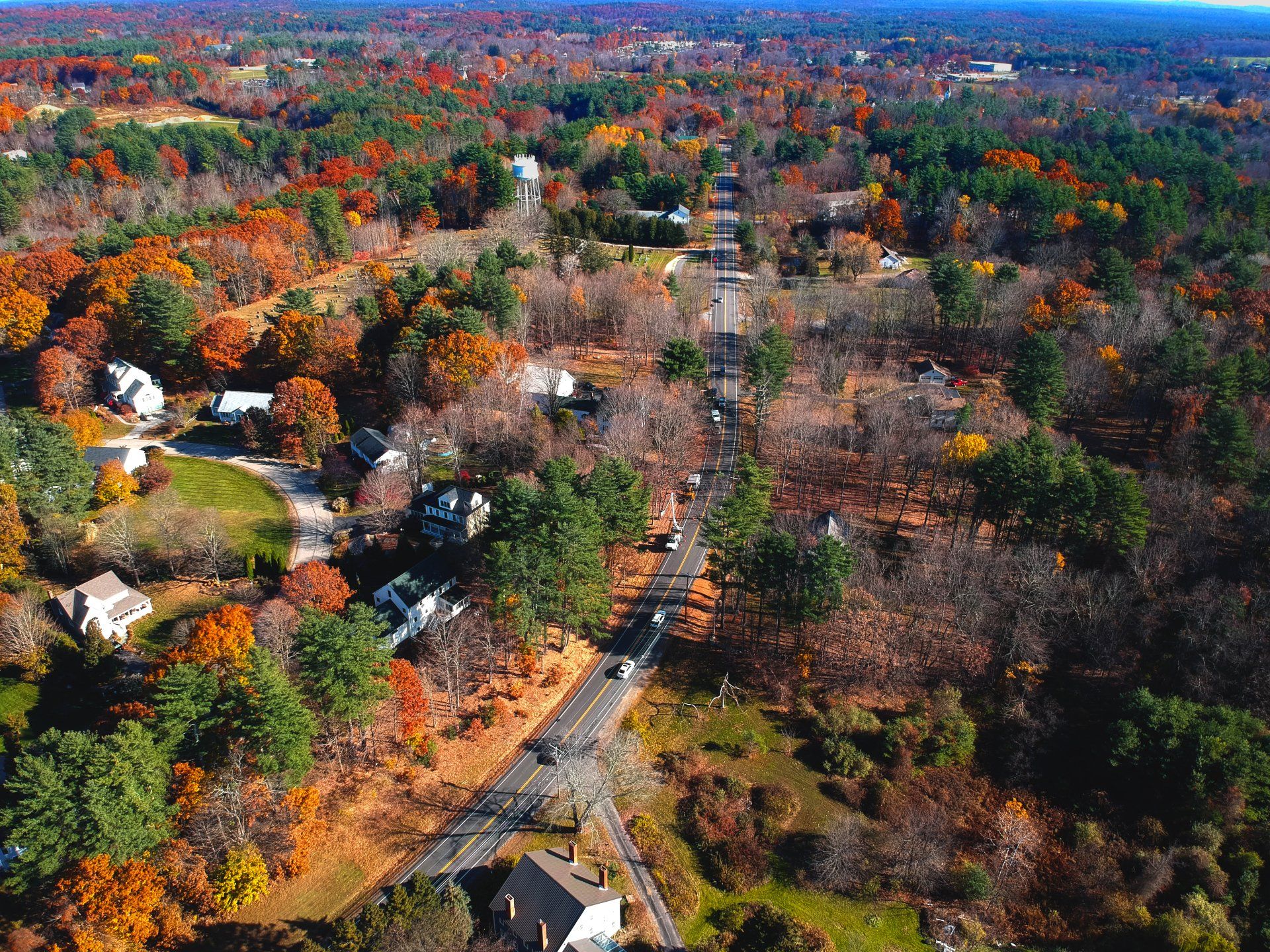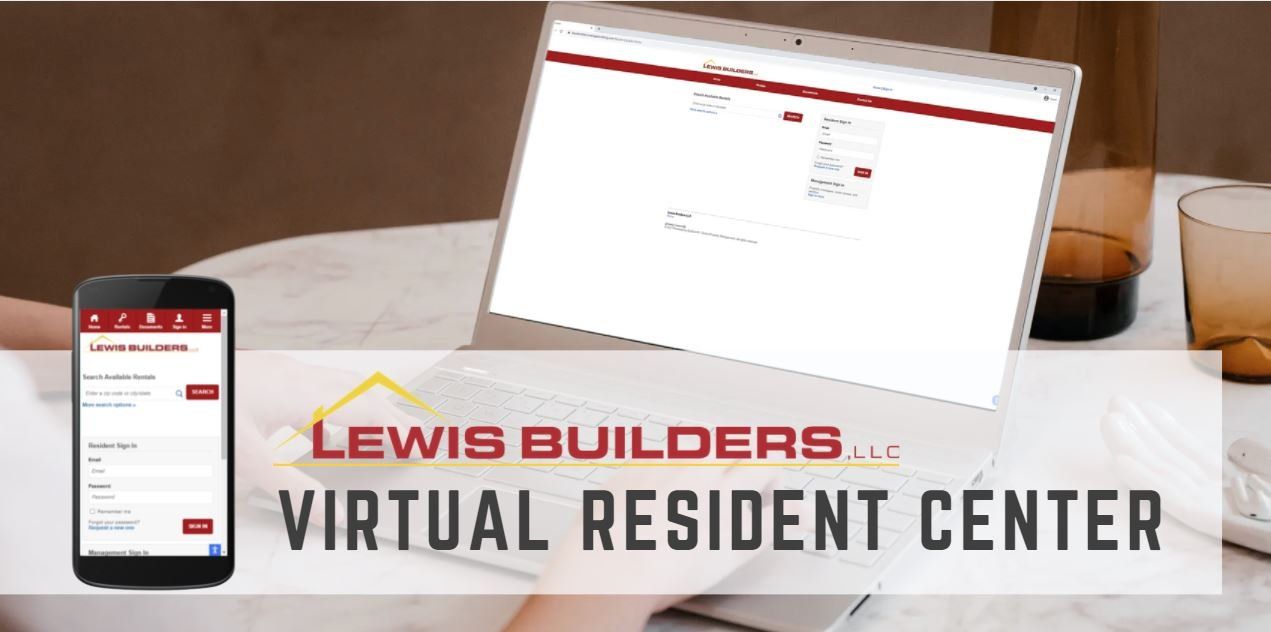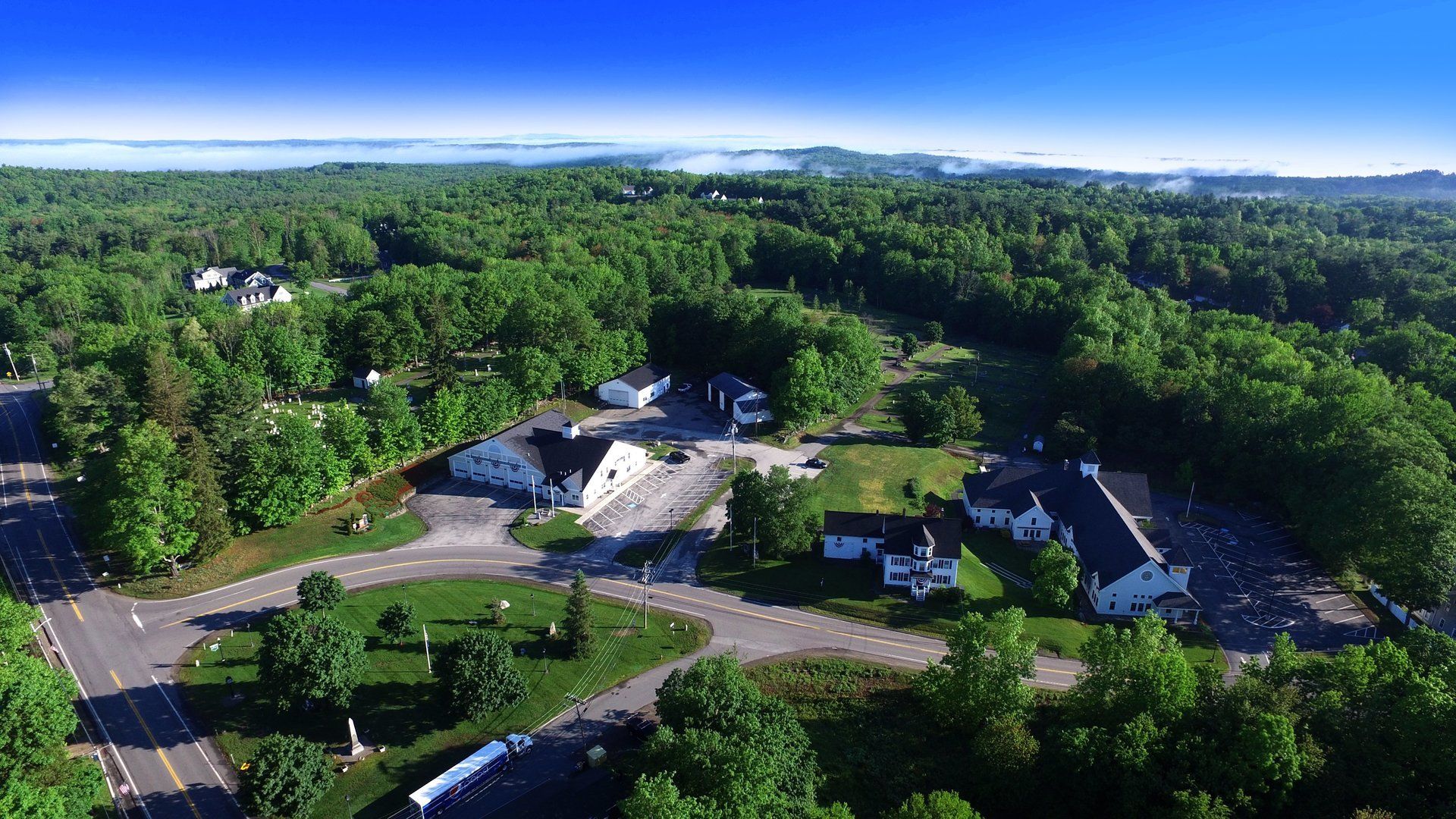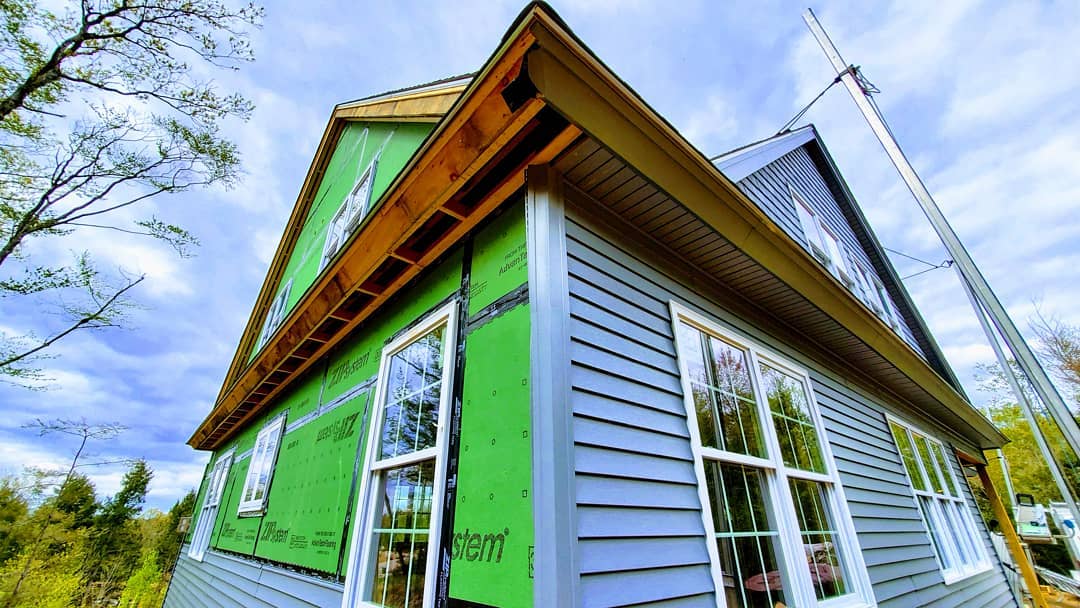Using Drones For Construction
Aerial shots are an essential tool for construction and real estate projects. Not only does it help give you a unique visual perspective of the house or building itself, but you can take into context the project among the environment in which its being built. The problem is there aren't a lot of ladders that will climb up to 500 feet, let alone ladders that are sturdy enough—or photographers who are brave enough—to acclimate those heights.
With drone technology becoming so popular and commonplace in the 21st century, Lewis Builders Development began using drones to take photos of current developments. We documented every stage of the construction process, from foundation to finish.
At first, we contracted an outside service to perform the task for us, but we found early on that with a focus for studying and an interest in shiny flying objects, we could do it ourselves.
We sat down with our Marketing Manager Kevin Salemi to ask about his experience studying for his drone pilot's license and about how the technology revolutionized how Lewis Builders used their photography equipment.
So, Kevin, you've been the marketing manager at Lewis Builders for some time. How did you incorporate photography and videography in the construction business when you first started?
When I first started working for Lewis Builders, I was pretty much taking pictures and videos of anything that looked interesting. Whether we used it for any advertising and marketing purposes, it was just to get that footage. I wanted a better understanding of what we were selling and what makes us special as a home builder.
What were some of the complications you were running into with conventional photo/video?
There are a lot of safety concerns when you're on a construction job site. A big part of my learning curve was understanding where and when I could go on to the site, what I need to be wearing, when or when not to distract somebody, etc. Other things to consider are some of the real estate advertising restrictions and regulations that you need to account for when putting things up.
We also had to be ready to explain why we were taking photos of the whole construction process, rather than of just presenting the finished product. We felt that it was important to give potential customers an inside look at what our employees do. We take a lot of pride in the efforts of our crew, so we wanted to give everyone outside of the Lewis Builders family an inside look at how our hard-working crew members literally build houses from the ground up.
What inspired Lewis Builders to invest in a drone? and how did you plan on using it?
I noticed that a lot of other real estate firms were using a drone to take beautiful shots of their homes and other developments. Before I came on as the marketing manager, Lewis Builders had experimented a little bit with aerial photos when they started their new development by hiring a service who would fly drones for us. I saw a lot of success and feedback from customers on the photos of our community. The initial plan was to use the done for some fly over videos as the development was being built, and for other general marketing purposes.
Where did you see improvement from a marketing standpoint?
Aside from having some really good aerial shots to showcase in our ads, we were able to use the footage from the drone for some commercial production on WMUR. We also created our own videos showcasing the development. We quickly discovered the ability to create a visual site map of the project which came out a little better than a Google Map. It allowed us to update the map with our current progress, giving us something that we could showcase to our customers.
How else has the drone helped Lewis Builders outside of marketing?
A little light bulb went off when we were looking at some of the pictures we had taken of the construction. We toyed with the idea of employing the drone for inspection purposes, which we could use for monitoring different aspects of the project. Lewis Builders also performs their own surveying services, which opened up a whole other area to the use of drones. We started using it for site surveying and tying it to the ground control points that our land surveyors use.
In one case there was a snowstorm that was about to come through and we wanted to make sure that we had a good visual of all the site features. We went out with the drone the day before the snow storm came and we were able to have a good visual of the site throughout the winter months.
Why do you see the drone technology becoming a major player in the future of the construction business?
The imagery alone is beneficial to marketing and just creates this new aspect that people don't normally see. The surveying aspects of it are also helpful. You're spending a lot less time gathering all of the data points and using the drone to triangulate certain points on the ground. We don't need to pay an aerial service to fly a plane over the project and use a super high zoom lens to give us the site plan we can do it ourselves with a drone in just a matter of 15 minutes.
